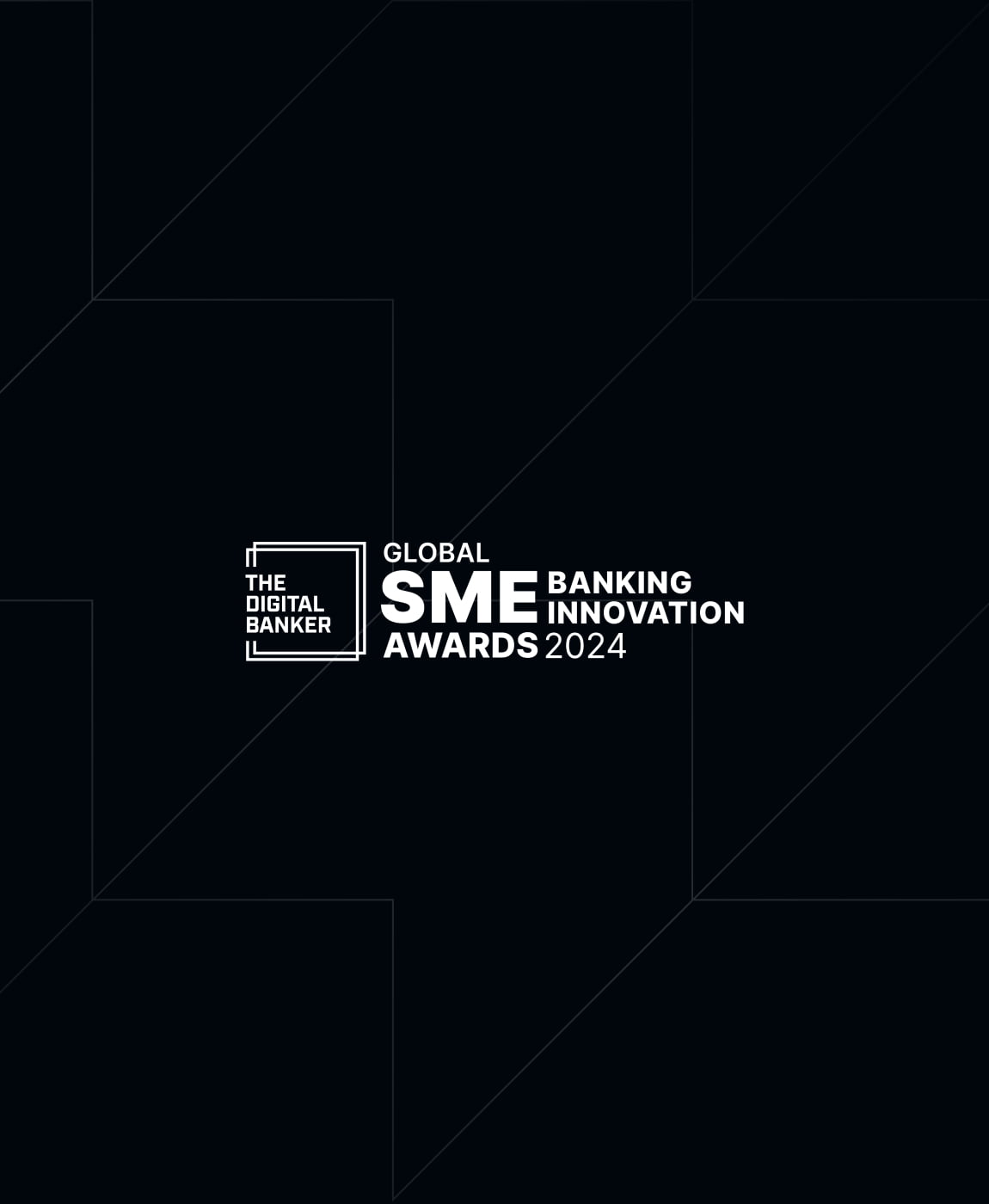Magazine

Memo Bank has been recognized in the “Best API Initiative” category by The Digital Banker
Céphas Gawargy
23 May 2024
5 minutes
In November 2023, Memo Bank’s Premium banking API was awarded by an external jury of French CFOs (Trophées DAF) in the “Innovation and Transformation” category.
Just four months after this recognition, our Premium API continues to impress financial experts, this time on an international scale, earning Memo Bank the “Best API initiative”. This award was presented by The Digital Banker, a leading provider of information, economic intelligence, and research in the financial services sector.
With this new distinction, Memo Bank positions itself alongside renowned international companies such as HSBC, Santander, and American Express, which are also award recipients, and continues to demonstrate the significant impact of its banking offerings on the financial industry.
News
Our latest announcements and updates
Memo Bank has been recognized in the “Best API Initiative” category by The Digital Banker
In November 2023, Memo Bank’s Premium banking API was awarded by an external jury of French CFOs (Trophées DAF) in the “Innovation and Transformation” category.
Just four months after this recognition, our Premium API continues to impress financial experts, this time on an international scale, earning Memo Bank the “Best API initiative”. This award was presented by The Digital Banker, a leading provider of information, economic intelligence, and research in the financial services sector.
With this new distinction, Memo Bank positions itself alongside renowned international companies such as HSBC, Santander, and American Express, which are also award recipients, and continues to demonstrate the significant impact of its banking offerings on the financial industry.
a
Memo Bank has been recognized in the “Best API Initiative” category by The Digital Banker
In November 2023, Memo Bank’s Premium banking API was awarded by an external jury of French CFOs (Trophées DAF) in the “Innovation and Transformation” category.
Just four months after this recognition, our Premium API continues to impress financial experts, this time on an international scale, earning Memo Bank the “Best API initiative”. This award was presented by The Digital Banker, a leading provider of information, economic intelligence, and research in the financial services sector.
With this new distinction, Memo Bank positions itself alongside renowned international companies such as HSBC, Santander, and American Express, which are also award recipients, and continues to demonstrate the significant impact of its banking offerings on the financial industry.
A Premium Banking API with a broad range of uses
French traditional banks have limited their scope to producing Open Banking APIs. Memo Bank breaks away from this trend by offering a Premium API that automates entire payments flows, thus rationalises repetitive tasks.
Add recurrence and validation rules to your outgoing transfers.
Companies that manage their bank accounts collaboratively must find a balance between trust and control, especially when it comes to outgoing bank transfers. Our clients have already made tons of bank transfers—without paying tons of banking fees on them—and today, we’re adding two transfers-related features:
- Recurring transfers;
- Team-wide validation workflows.
Memo inside
How Memo Bank builds Memo Bank
The stages in our hiring process
This article aims to cover what awaits you as a candidate at each step of our hiring process. If you’re considering writing to us, guide you through what will be expected from you, as well as what you can expect from us.
a
The stages in our hiring process
This article aims to cover what awaits you as a candidate at each step of our hiring process. If you’re considering writing to us, guide you through what will be expected from you, as well as what you can expect from us.
Communication in a service-oriented architecture
How Memo Bank practices management
Management is complicated, but it doesn’t have to be.
Banking Insights
Our Bankers are ready to address your inquiries
Guide
Our guide for growing businesses
